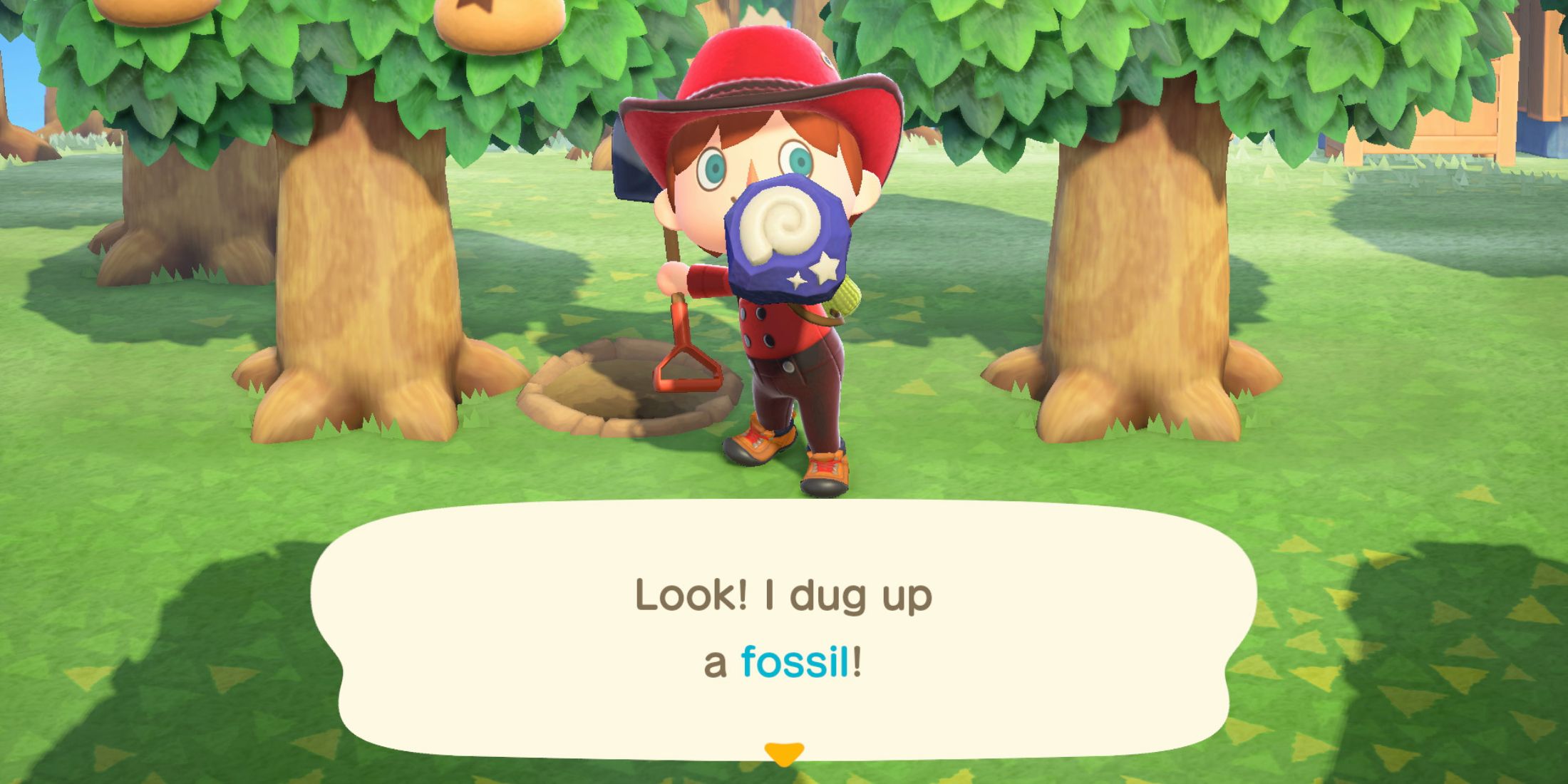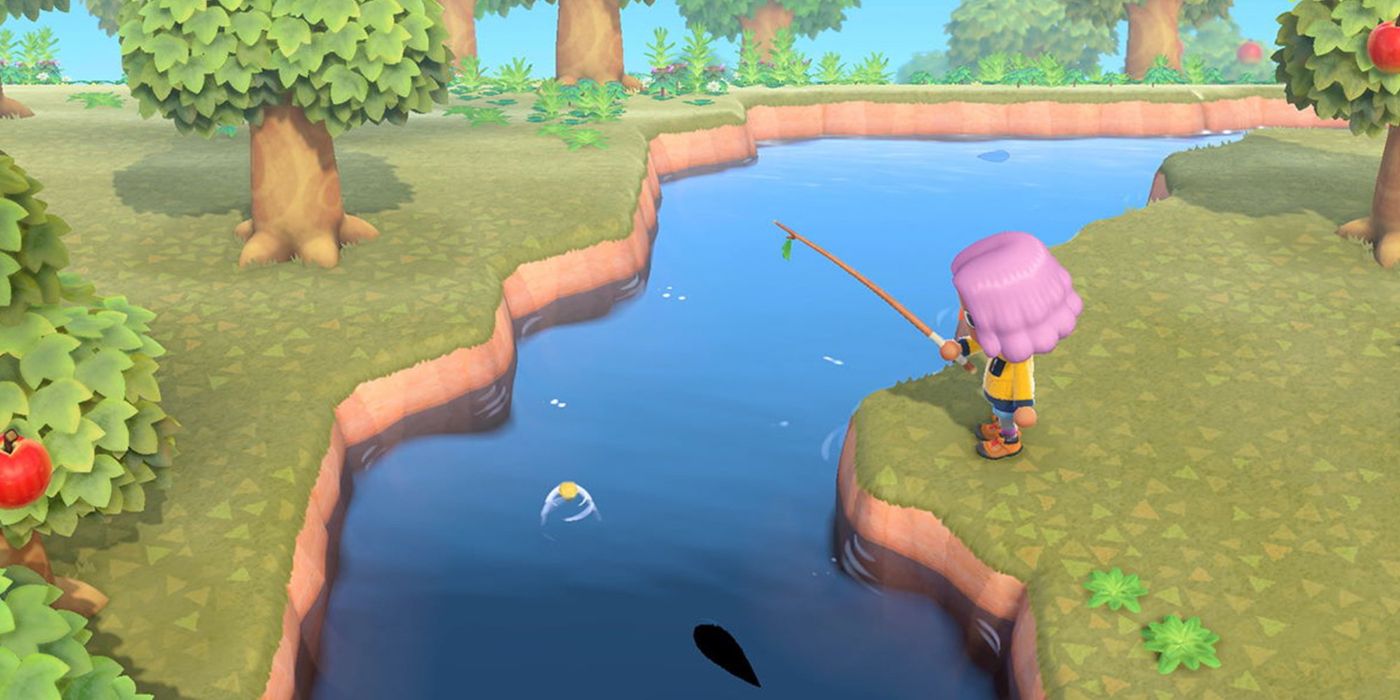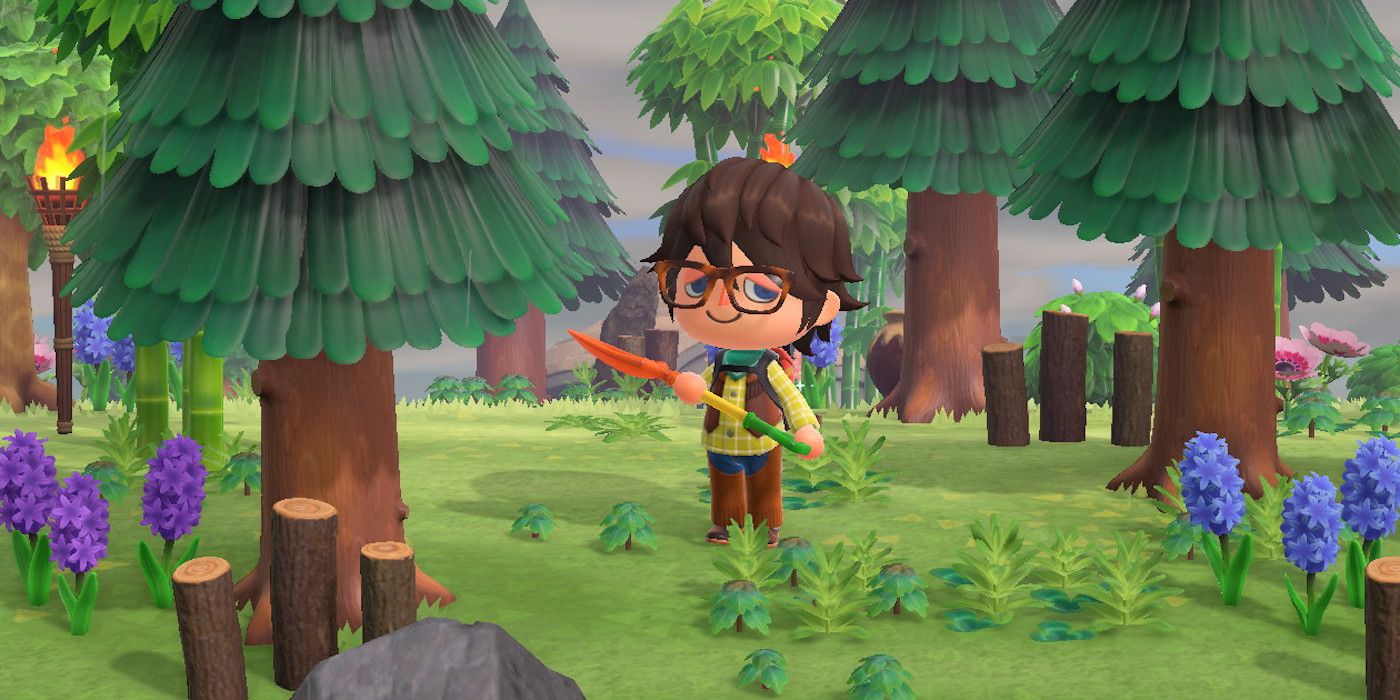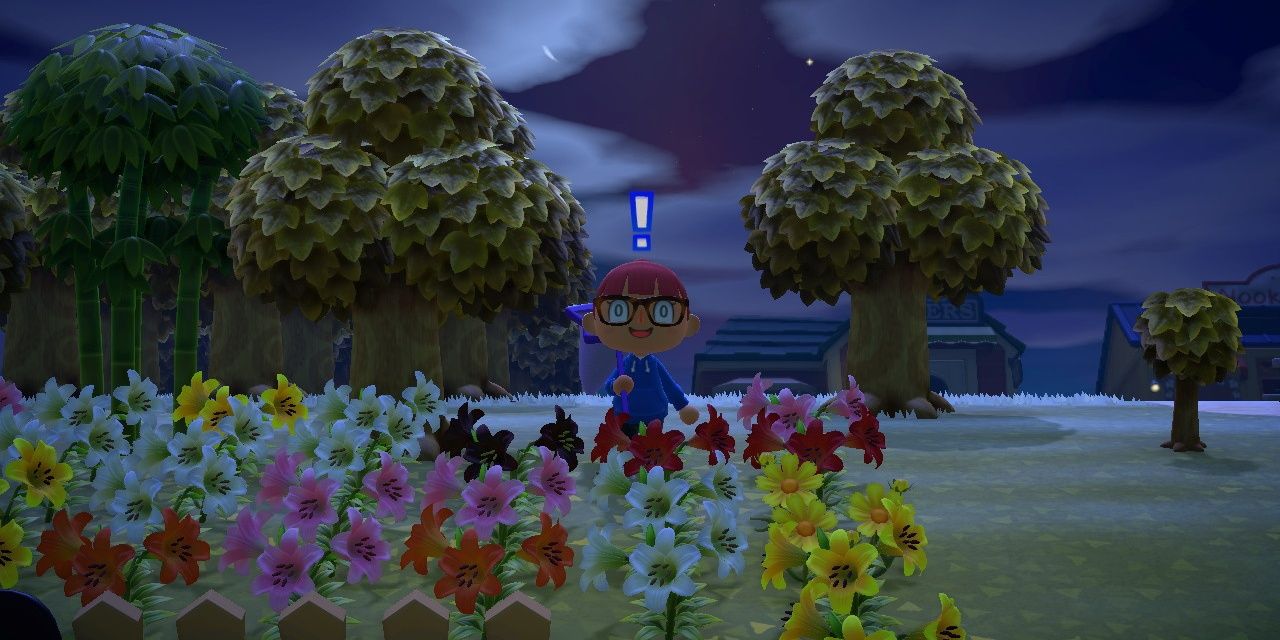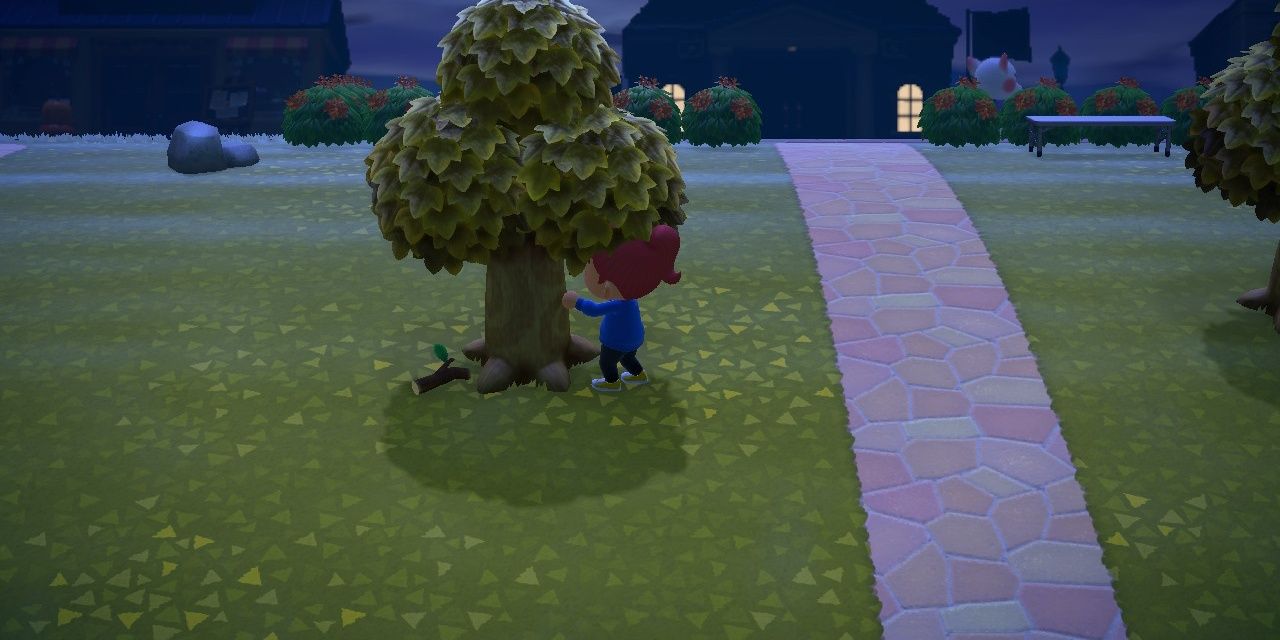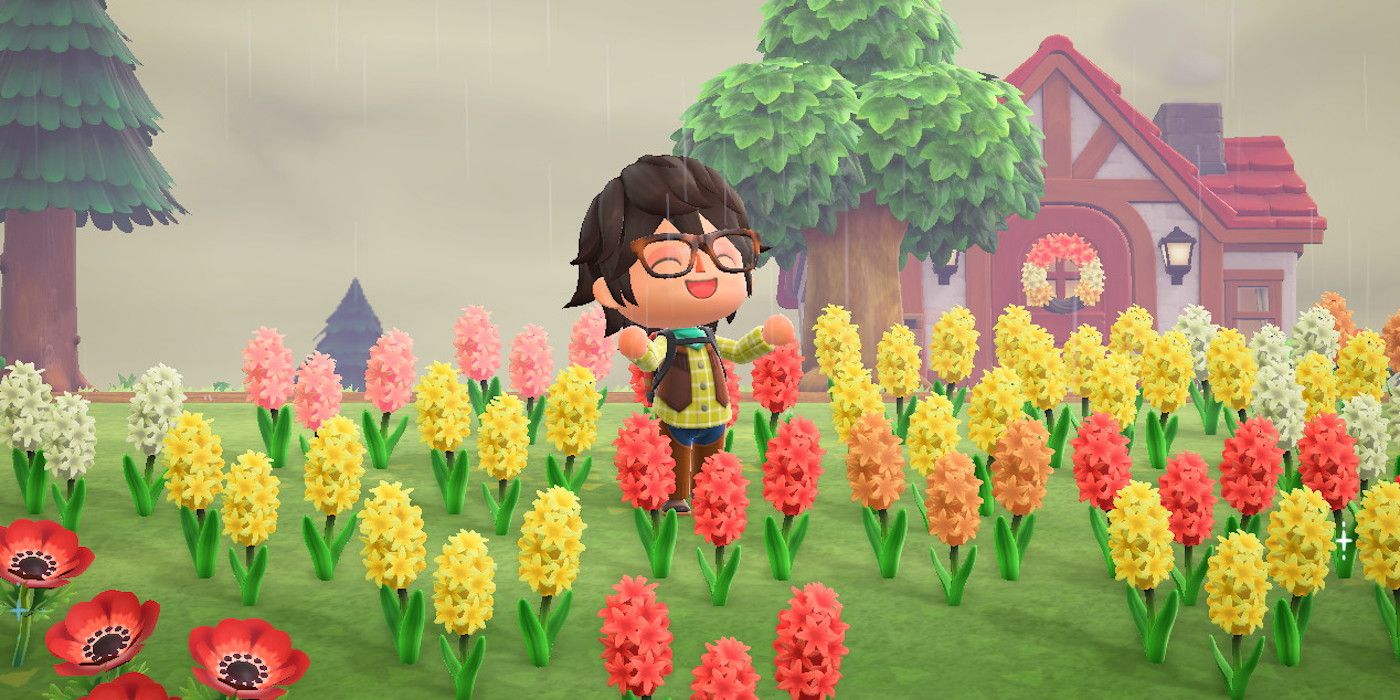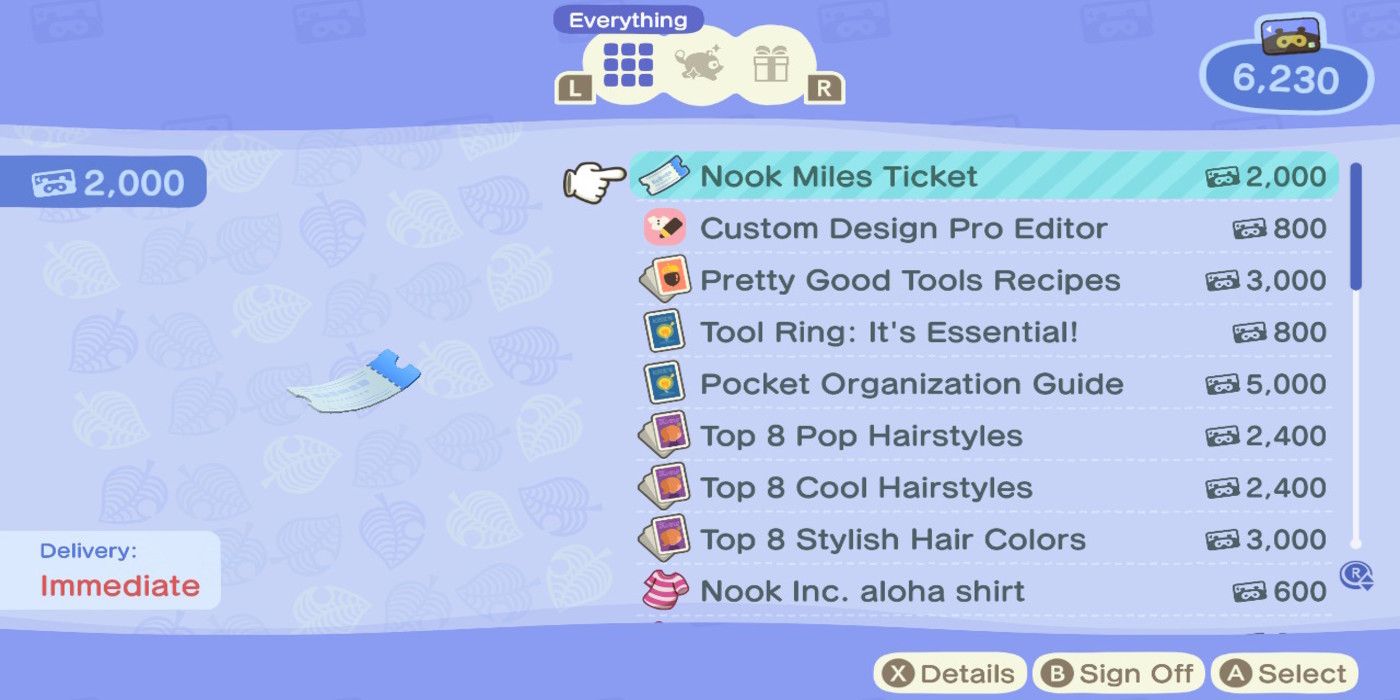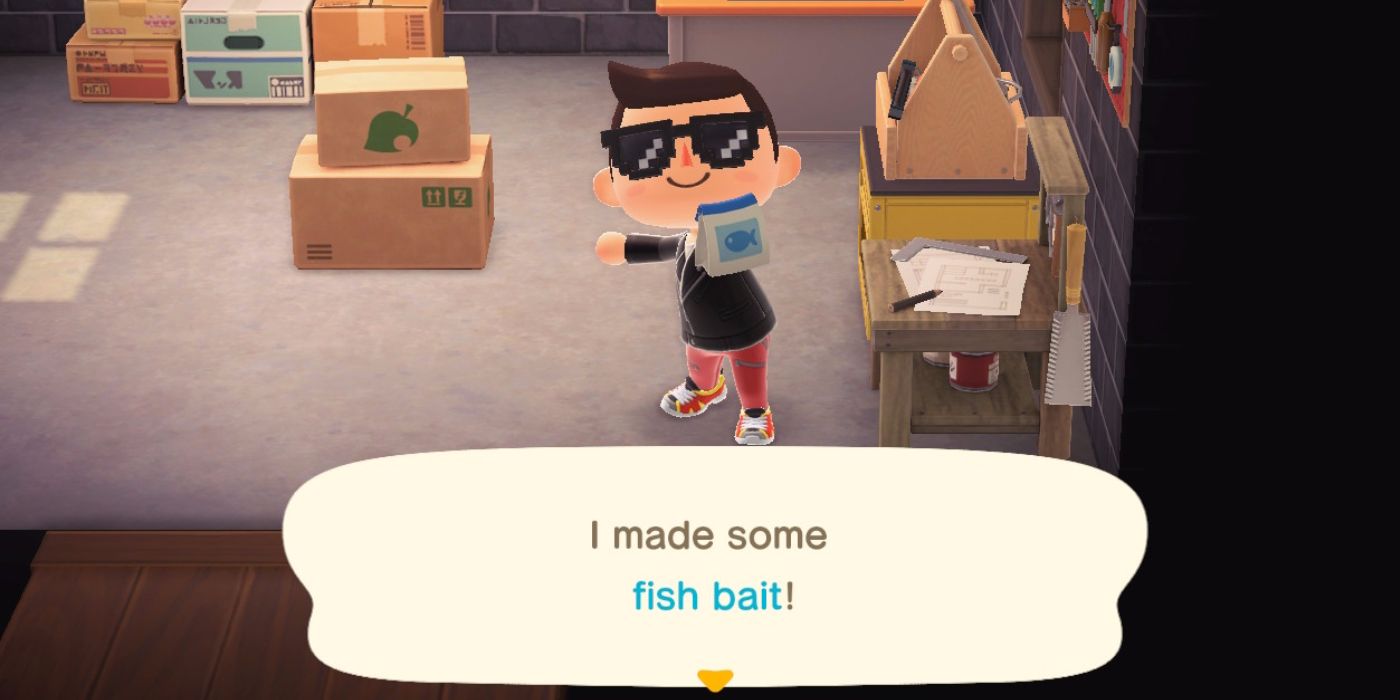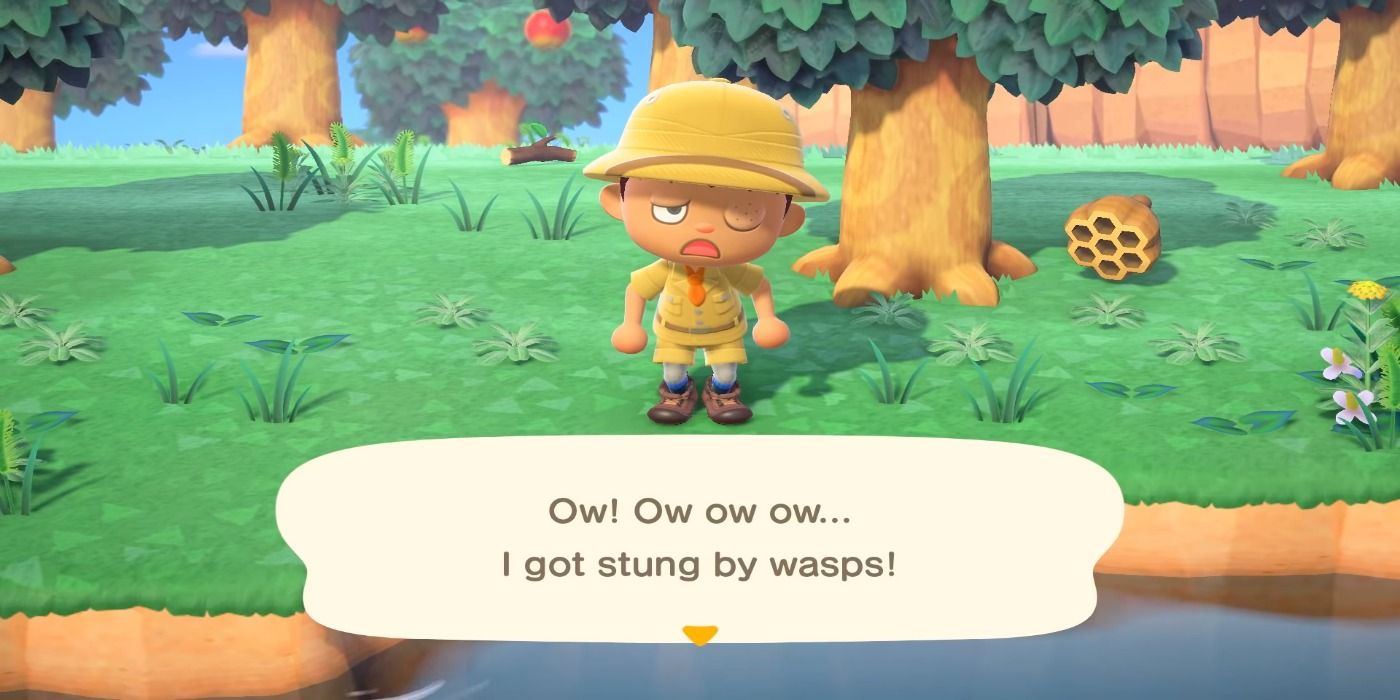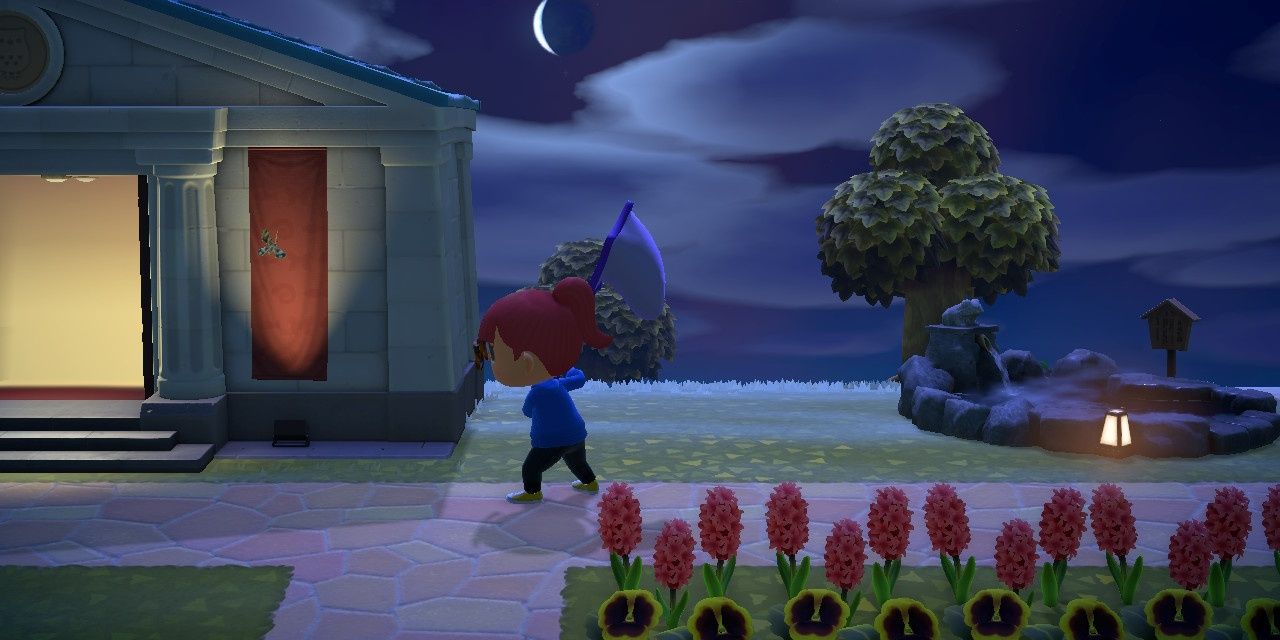There is a myriad of fish and bugs (dubbed 'critters') for the player to catch in the new Animal Crossing: New Horizons, but with so many available to them, where should they start?
With all of these critters, there are a lot of different ways to catch them, and a lot of information about them in general. This list is going to cover 10 of the best tips for catching them all, including good habits, handy information, and some strategies that the player can use to track down all of them.
10 10. Identify Fish Shadows
When fishing, the player is supposed to watch the shadows of the fish in the water, waiting for them to bite. However, all of the fish that can be caught in the game actually have a designated size (out of the six possible sizes), which can be used to help the player when attempting to catch specific or rare fish.
The six sizes are: 1 - smallest, 2 - small, 3 - medium, 4 - large, 5 - very large and 6 - largest, are indicative of the size of the fish being, not just random shapes. There are also alternate shadows for eels (a thinner, snake-like shadow) and the extended shark family (finned shadows). The use of this, when paired with a knowledge of the desired fish's size (or just when trying to catch larger fish for more bells) and lots of fish bait will allow players to save their fishing rod uses and time.
9 9. Learn Main Locations
There are many, many places on the island that critters can appear, and an important key to catching them is to know what the main locations are, and what can appear there. Some of the main locations are: oceans, rivers, trees, flowers, the ground, and the air.
Whilst fish can only be found in the oceans and rivers of the above list, bugs can be found in all areas, with the exception of the ocean. Knowing which of these locations desired critters appear in, or just where to look in general, can greatly alleviate the player's tasks.
8 8. Listen
One incredibly useful tactic for finding bugs and catching fish is to listen to the environment of the game. When fishing, the fish will lightly nibble on the bait, up to four times before finally taking the bait. Luckily, the nibbles have a much quieter audio cue than the final bite, making listening a very useful strategy to help with reaction times.
When wandering around the island, the player will be able to hear the noises of various bugs (namely the summer cicadas, however some other bugs like scorpions and tarantulas also make noises of their own). These noises can be used to help hunt down specific types of bugs, including one bug that can only be found by listening for and tracking it down.
7 7. Learn Hidden Locations
There are some select hidden areas where critters that can't be found elsewhere appear. These secret areas include the clifftop rivers, clifftop ponds, rocks, tree branches, underground, and even specific flower combinations.
Unique fish can appear in the ponds and rivers of clifftops, which can be accessed by the player's ladder tool. Special bugs can be found by hitting rocks, searching underground (when they are making audible noise), shaking trees or by planting and blooming specific colors of flowers. Without knowledge of these special areas, there are many critters that the player would potentially miss out on.
6 6. Timings and Weather
It is also important to keep track of the weather and time in the game. There are several main "shift change" times for critters, being primarily 9 a.m. and 4 p.m. for fish, and 8 a.m. and 5 p.m for bugs. These are the times where the largest numbers of critters become active and cease activity (not unlike a shift change) between the night and day groups.
In rainy weather, most bugs are less likely to appear, if at all, and rarer fish are more likely to appear. During the rain is also the only time the rarest fish, the coelacanth, is catchable (in the ocean).
5 5. Utilize Nook Miles Island
Nook Miles Islands are an immensely helpful tool in the player's arsenal. They are special islands that the player can travel to after purchasing a Nook Miles ticket from the Nook Stop for 2000 Nook Miles.
These islands are so useful because they can be visited any number of times (provided the player has enough Miles for tickets) and each one has a chance to boost the ability for rare fish or bugs to spawn, giving the player a significant advantage when compared to hunting on the main island.
4 4. Use Fish Bait
Fish bait is another incredibly helpful item at the player's disposal. Once the player receives the DIY recipe, they are able to craft fish bait from manila clams (which in turn are dug up from the sand on the island's beaches). One use of fish bait spawns a random fish in the body of water in front of the player.
This is so good because the player no longer needs to wait for fish to appear, but can now make them appear. The fish bait is also able to scare away any fish currently present, whilst spawning a new one if the present fish are not the desired size, giving it another beneficial use.
3 3. Beware Dangerous Bugs
Whilst they can't hurt you in the long run, it is a good idea to avoid the island's dangerous bugs, if possible. They are not able to harm the player in the long run, but scorpions and tarantulas are able to make them faint after one attack, and wasps can after two.
This can be problematic when hunting for rare bugs or fish, as getting knocked out will despawn any active bugs and fish before replacing them with new ones, potentially erasing that rare critter. Fortunately, scorpions and tarantulas make a skittering, rattling sound, and wasps can only be angered by shaking trees (so always make sure to have a net in hand when doing so).
2 2. Run
Many critters that are found on the island require a stealthy approach, with the player taking care not to scare them away as they try to catch them. However, not all bugs take kindly to the player, but they will fall to brute force.
Some of the more hostile bugs, such as tarantulas and scorpions, will immediately try and attack the player (making the player faint if they are bitten/stung) as soon as they notice them. One counter to such aggressive creatures is to match them and rush them down before they get the chance to respond.
1 1. Don't Run
With the exception of the previous example, when catching bugs or fishing on the main island, or Nook Miles Islands, it is best to avoid running whenever possible.
Unnecessary running is able to scare away bugs and fish, and in some cases (rare bugs and fish) can scare them off before they are even fully visible on the player's screen. The best solution to this being to only run when the player is 100% sure it is safe to do so (only when they are searching for bugs and fish, of course) to avoid any unnecessary and potentially annoying misses.


